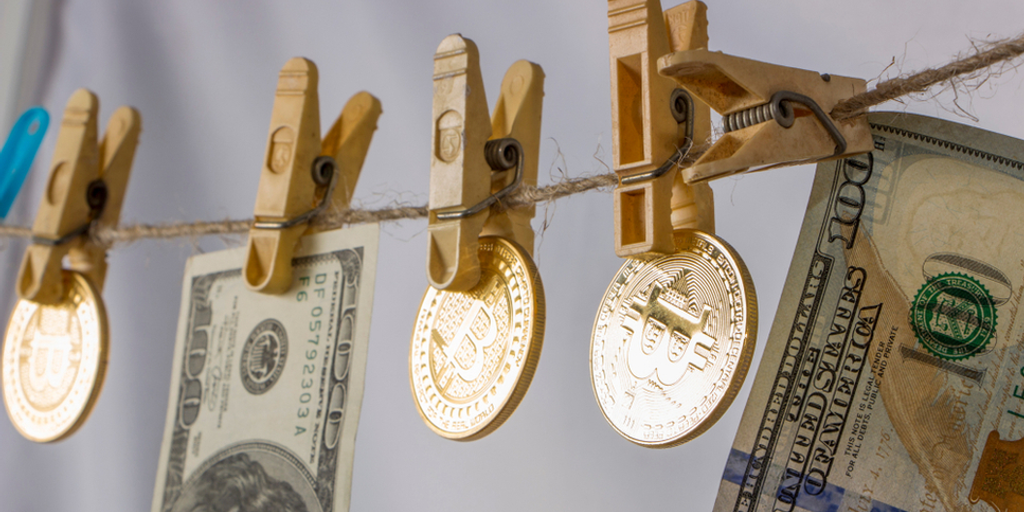Global NFT sales fall 25% to $8 billion in Q2 as bear market takes hold

The global non-fungible token (NFT) industry recorded a 25 percent drop in buyers, sales volume and US dollar traded volume in the second quarter of this year, amid bearish trends in the broader equity and cryptocurrency markets, according to a new report.
The industry recorded about $8 billion in buying and reselling of NFTs globally from April to the end of June, compared with $10.7 billion at the end of the first quarter, according to NonFungible.com, an NFT market analysis platform that tracks the Ethereum blockchain.
“The market is experiencing a historically bearish period,” the company said in a statement on Tuesday.
“Liquidity is down and prices are largely affected by the fall in the value of cryptocurrencies. For the first time in NFT’s history, trade-related activities are no longer profitable.”
NFTs are digital avatars of works of art and collectibles. They can take the form of digital work, virtual lands, a domain name or even weapons in a video game.
Ownership of these digital assets is recorded on a blockchain, or digital ledger. However, unlike currencies, where each token is of equal value and can be exchanged for others, NFTs have unique qualities that prevent them from being fungible or fungible.
In 2021, an NFT of Twitter co-founder and former CEO Jack Dorsey’s first tweet sold for around $3 million, while Mike Winkelmann, the digital artist who goes by the name Beeple, made headlines last March when he sold an NFT for $69 million dollars.
NFT sales volume totaled $24.9 billion in 2021, up from $94.9 million the previous year, according to DappRadar, which collects data from 10 blockchains.
Collectible NFTs were the most profitable category, followed by metaverse and utilities, NonFungible.com said.
The volume of internet searches around NFTs has fallen “very significantly” since its peak in January 2022 due to the cryptocurrency bear market, the NonFungible.com report said.
However, interest has fallen back to September 2021 levels, “which was considered the golden age of NFTs at the time”, it said.
Countries in Southeast Asia showed the highest search volume of NFT-related searches, according to the report.
“Geopolitical concerns surrounding the conflict in Ukraine have overtaken interest in NFTs in Europe. The countries of Southeast Asia, which are less directly affected by the conflict, remain of great interest in the subject,” it said.
The average price of NFTs fell 6 percent in the second quarter to $798 from $849 in the first quarter, the report found.
The decline in the value of cryptocurrencies, specifically Ether, had a direct effect on the average price of NFTs, NonFungible.com said.
Between the end of April and the end of June, Ether fell around 66 percent, which was reflected in a drop of almost 75 percent in the value of NFTs, it said.
The beginning of the NFT craze — in pictures
Meanwhile, resale profits for NFTs fell 46 percent in the second quarter, according to the report.
“This trend is mainly explained by the resale of collectables at a loss [this nearly represents a $100m loss per week at its lowest]. The other segments are experiencing better results with a loss in resale volume of only about $10 million per week at the end of the quarter, NonFungible.com said.
The industry was polarized around an NFT project publisher, Yuga Labs, in the second quarter, the report said.
More than 30 percent of the global sales volume was distributed among projects launched or acquired by Yuga Labs, such as OtherSide, Bored Ape Yacht Club, Meebits and CryptoPunks, it added. The four projects accounted for more than 2.5 billion dollars in the second quarter.
The NFT market registered just 4 percent growth in global supply amid declining liquidity, NonFungible.com said.
“Very few new NFTs have been issued this quarter. Liquidity is also significantly reduced across all segments. Only utility NFTs and metaverses are showing increasing liquidity despite a bear market.”
The secondary market for NFTs remained dominant in the second quarter, accounting for approximately 80 percent of the dollar volume traded, while the primary market declined during the period, the report said.
“It seems quite clear that given the context, buyers of NFTs are no longer willing to take large risks when purchasing their assets in the primary market,” it said.
Updated: 27 July 2022 at 03.30

























